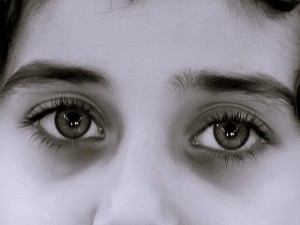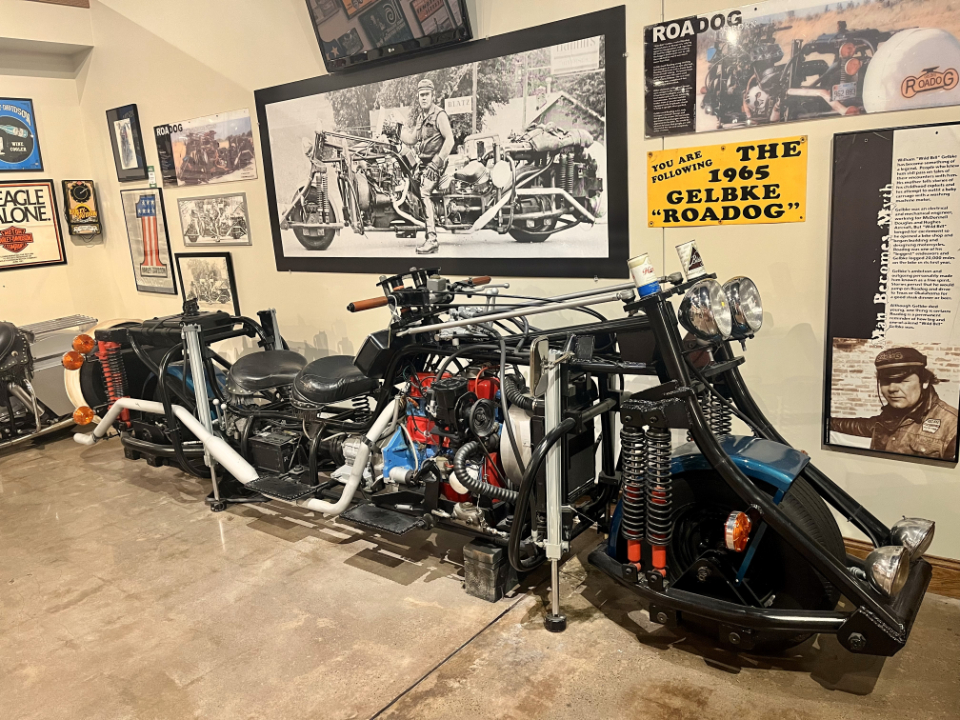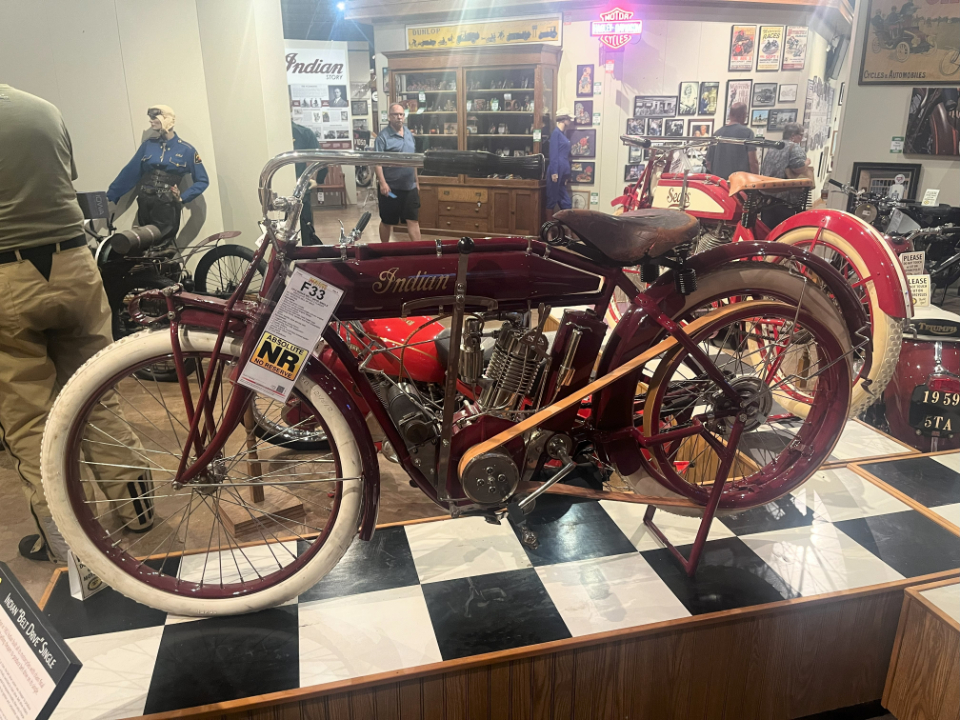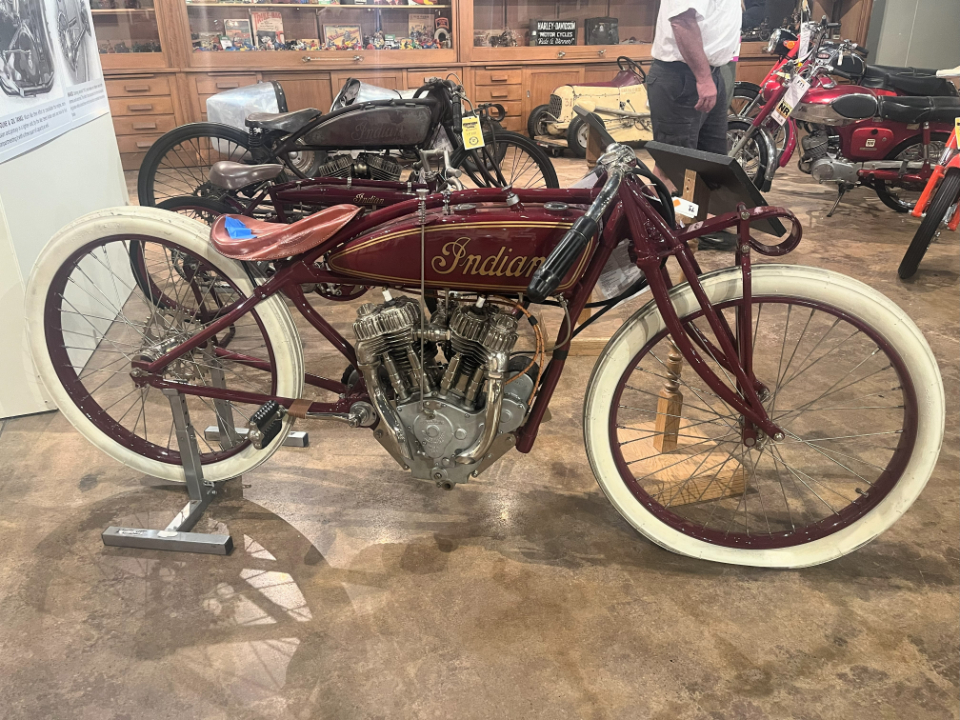I learned something today. At least one of the lessons was a bit intense, but the point was driven home alright. I even have some homework to do. Let me tell you about it.

I had begun my rainy Monday morning with a big old cup of black coffee and some quality one-on-one time with a local friend and co-mentor. We discussed fear, risk, the art of customer service, and more. It’s important that you know this because I find our coffee sessions enlightening and uplifting. So despite the cool dampness and on-again-off-again sprinkles from above, I had gotten off on a positive spin and this may well have made a substantial difference in the events that followed.
Less than an hour later, I drove my wife to her appointment at a wound care practice in nearby Joliet. The office is a remarkably busy place that emphasizes the importance of punctuality whenever scheduling an appointment and at every opportunity thereafter. The staff calls in their patients two and three at a time. Karen had already gone in and I was occupying myself as I usually do, by working through my unread emails, when a gentleman limped in, under his own power, had a few words at the reception window, and then took a seat in the waiting room, talking the whole time.
Something wasn’t right about him. He was an older man, right around my age, with salt-and-pepper hair and a grayish beard. He wore shorts and loose-fitting mesh slip-on shoes with the backs folded down. He wore no socks, but both his ankles were wrapped in some sort of white cloth bandages that continued down and around his heels. Whatever wounds he had were down in that region. I hadn’t paid attention to a word the man said, but he never seemed to stop talking. I buried myself in my work at hand, seldom looking up from my phone. That is until the man got up again and limped back to the reception window.

That was an unusual move. Nobody goes back to the reception window at that place. Now the man’s voice was escalating and was soon so loud that even I could understand what he was saying, whether I was actively listening or not. Over and over again, he exclaimed, “Are you kidding me?” At one point he slammed his hands on the window counter and began physically leaning into the reception workstation space. The man grew louder and more agitated. “I don’t believe this! I was just half an hour late and now you won’t see me! I’m in so much pain! Are you kidding me?” I couldn’t hear what the reception staff was saying in response. His rant had grown increasingly repetitive.
After a few more minutes, the man straightened up and was no longer leaning into the reception workspace. “This place sucks,” he announced before turning to walk away. Then he turned toward me, still sitting on the opposite side of the room. “And you!” He pointed a shaky hand at me and began limping across the room toward me. “You motherfucker! I sat there trying to talk to you and all you did was ignore me!” There wasn’t another soul in the waiting room. I looked up at his face. When he was sitting, he had been in a corner down the row of seats from me. As I mentioned, he had never stopped talking, but I had no idea he was ever speaking to me. I could feel his anguish. Call it empathy, call it decades of learning and teaching others to diffuse angry calls from customers and vendors, call it whatever you want, but when I looked up, I did not see anger in that man’s face. All I could see, hear, and feel was his frustration and pain. Lots of it. I felt sorry for the man as he limped up, still pointing at me and yelling.
I wasn’t being threatened and I felt no desire to physically engage a man who was nearly crippled by his pain. My heart rate never appreciably increased. I saw no reason to escalate the situation further. Instead, I held up my hand, looked him straight in the eyes, and told him the utter truth. “I’m sorry, I’m hard of hearing. I had no idea that you were talking to me. I thought you were on the phone.” We never broke eye contact.
“Oh, no! No! No! I had no idea you were hard of hearing.” The man stopped pointing, took one more step, and grasped my upheld hand. “I’m so sorry, please! I’m in so much pain! God bless you. Please, I’m sorry.” It wasn’t the news of my hearing loss that had changed this man’s demeanor in an instant. It was the realization that there was at least one person in the room who hadn’t disregarded him.
“You’re okay,” I assured the stranger, as he stood over me, still holding my hand, still frustrated, almost sobbing. “We’re just having a rough day here.” He nodded, apologized, and blessed me a few more times before turning and walking out of the waiting room. Things got weirder after that.
The man reappeared at the door, apologized, and blessed me one more time. Then he walked away a second time. Two or three staffers came out to the waiting area. One locked the office door. Another mouthed to me from across the room, “Are you okay?” I raised one hand and nodded my assurance that I was fine. Someone asked whether the back door was locked. They were all petrified.
After a short while, one of them walked out and unlocked the office door again. Moments later, the man returned once more, limping around and still trying to get seen by someone. He sat back down in the waiting area talking about his pain. I looked at him and nodded. No longer perceiving me as part of his problem, he just nodded back at me. Moments after that, four uniformed security guards entered and while they were talking to the gentleman, one of the staffers appeared in the background and silently beckoned me to come in the back with all the others. I complied. Still seated, the man was suggesting to the guards that they could carry him out. Taking his feet out of his shoes, he beckoned the guards to look at the exposed parts of his feet, which were terribly swollen and red with inflammation. I can only imagine what the wrapped parts looked like. I sensed he was receiving no sympathy from the guards and wasn’t going to get any.
Everyone was standing together in the back hallway looking really frightened when I walked back there. More than one staffer asked me if I was okay. I told them that I absolutely was but that I’d felt sorry for the guy. Still, I wondered whether any of them had shown that man in the waiting room nearly as much concern as they were showing me. They asked me to join my wife in her examining room and again, I complied. In defense of the staffers, and probably the doctors hiding back there somewhere, I’m sure they had all been polite and professional, doing everything according to policy. They were not the bad guys. It’s just that I’m not positive there was a bad guy. By the time we left, the man and the guards were gone.

Oscar Wilde wrote, “Experience is the hardest kind of teacher. It gives you the test first and the lesson afterward.” From the wound care center, Karen and I drove back to Plainfield, stopping at our local Meijer to pick up some scrips and various sundries. Afterward, while I was breaking down and loading up Karen’s mobility scooter, affectionately named K-9, a familiar cart jockey walked up and began talking to me. This young man has always been people-friendly, inquisitive, and chatty. Some teenagers seem to have these qualities, while many do not. It has long been my experience that most cart jockeys don’t even make eye contact, let alone initiate a conversation, so this kid tends to stand out. It is through these unanticipated encounters, however, that one gradually gets the sense this young gentleman may be an individual with cognitive delay, doing menial tasks for which he has been deemed qualified, all while displaying a personality that points to something greater.
He displayed a great interest in the way Karen’s scooter could be disassembled. “I didn’t know they could come apart,” he said, looking over the base, seat, and battery. Technically, Karen’s scooter can be broken down further, but in those three pieces, K-9 easily fits in the minivan. In five pieces, the unit will fit into my car’s trunk. But I digress.
On some days, my response might have been limited to a quick “yep,” while hurrying to get done and move on. But after my earlier encounter, I was more inclined to go ahead and give this young man a few minutes of my time, the same as any other human being would be entitled. I explained that not all of these scooters come apart, especially the bigger ones. He went to pick up the portable battery compartment and I cautioned him that it was the heaviest piece of the rig. He hesitated and then proceeded to lift the black box with a little more respect for its heft. As he walked off to continue his work, I got the sense that he had appreciated our conversation. I’m sure not everybody in that parking lot affords him that much dignity.
Yes, I learned something today, mainly about myself, and now I have some homework to do. First and foremost, I realized that while I encounter many people on any given day in my life. I need to recognize them as human beings while I’m at it. Not only that but I need to appreciate them as such. Some folks out there may act like real assholes at first glance. Others may seem downright crazy. Some may seem a bit slow. Some have anger issues. I drive in Chicagoland traffic and sometimes I can feel the stress coming off some of my fellow drivers. Maybe some are in pain, physical or otherwise. Of course, none of them has the right to hurt others, but all are human beings, just like you and me.
Second, it’s true that my hearing is less than great. Some of it was missing from birth and I killed off a good bit more over the decades with my loud music, motorcycling, and other elements of my lifestyle. As a result, it is my obligation to be more aware and observant when I am out and about in the world, so that if and when I encounter someone in need, I will recognize them sooner. To be cognizant of one’s environment is to enjoy it more, to move in greater safety, and to be of benefit to others.
You know, I’ve never considered myself to be above any other human being, regardless of social stature, education, race, religion, sock color, whatever. But what do I convey to other human beings via my words or actions? We all communicate to those around us with our words, our body language, and for those who can sense it, our energy. I need to examine my habits and rework them as necessary to ensure my own message is clear.
Finally, what have I done to improve myself lately? And in light of that, who am I to judge anybody else? Hmmm.
Okay, time to get to work. As always, thanks for hanging with me.






























